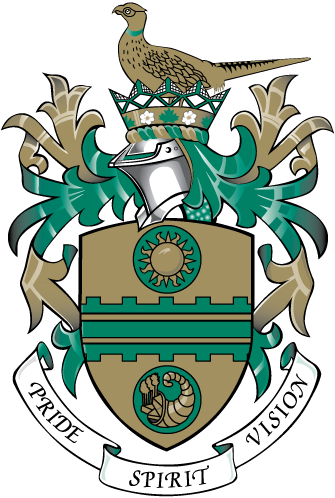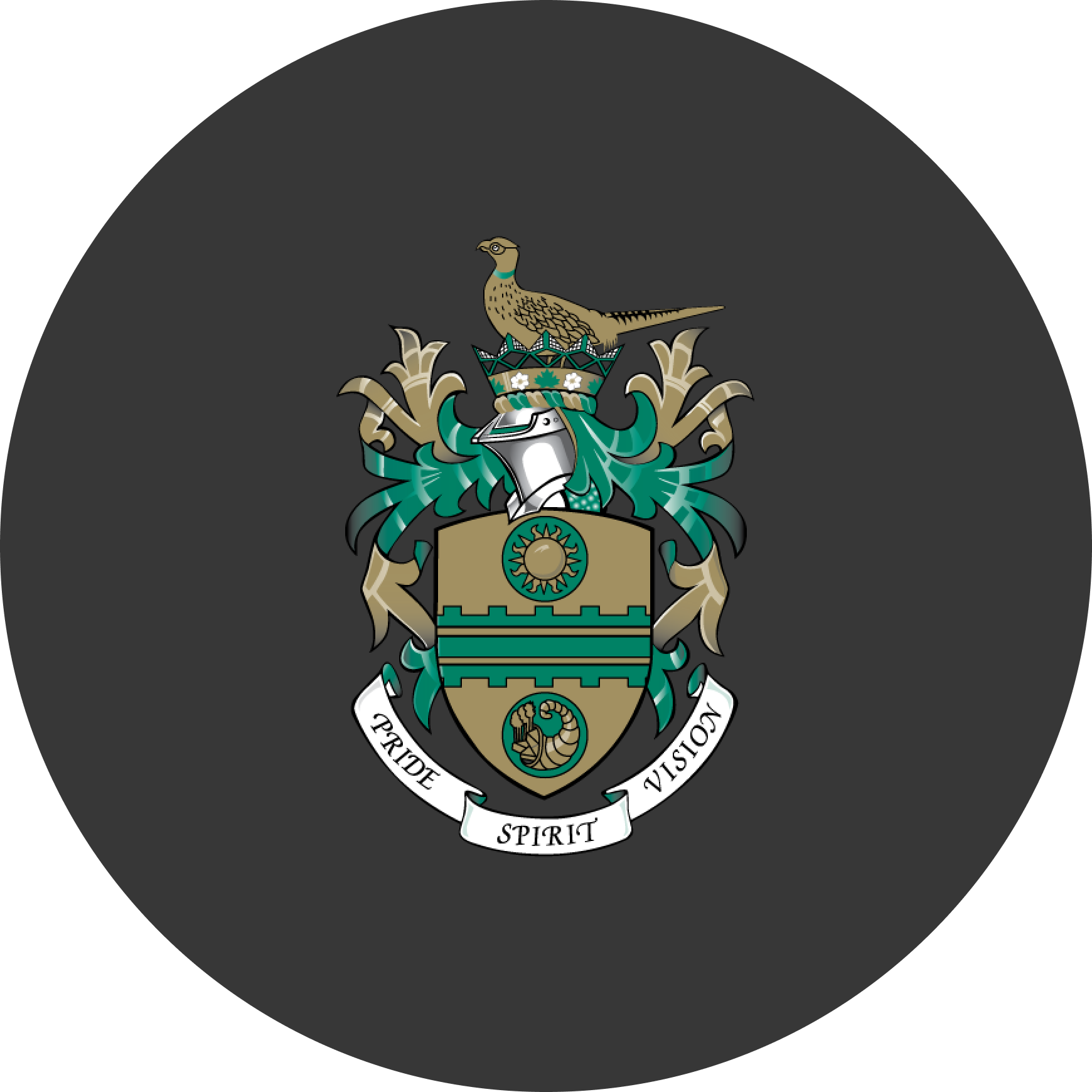History
Council received the City’s Master Water Plan and associated Appendices in 2017.
This Master Water Plan covers many issues regarding the operation and sustainability of the water system with a key focus on the availability and treatment of raw water to ensure a reliable supply of water for the future of the City. The City of Armstrong provides treated water to approximately 5,000 residents and six Water Districts located in the Township of Spallumcheen. The City operates two raw water sources, a surface water source in the form of Fortune Creek and the two groundwater wells within the City. Both sources have advantages and challenges. Treated water is distributed to City residents in a single pressure zone. The six Water Districts are supplied bulk water at single point connections to the City distribution system. This Master Water Plan covers many issues regarding the operation and sustainability of the water system with a key focus on the availability and treatment of raw water to ensure a reliable supply of water for the future of the City.
The Councils of the Township of Spallumcheen and the City of Armstrong work in partnership to ensure that both communities are provided with a stable, long-term supply of potable water. Negotiations regarding the fees for the service of bulk water to the township are ongoing.
History
Council received the City’s Master Water Plan and associated Appendices in 2017.
This Master Water Plan covers many issues regarding the operation and sustainability of the water system with a key focus on the availability and treatment of raw water to ensure a reliable supply of water for the future of the City. The City of Armstrong provides treated water to approximately 5,000 residents and six Water Districts located in the Township of Spallumcheen.
The City operates two raw water sources, a surface water source in the form of Fortune Creek and the two groundwater wells within the City. Both sources have advantages and challenges. Treated water is distributed to City residents in a single pressure zone.
The six Water Districts are supplied bulk water at single point connections to the City distribution system. This Master Water Plan covers many issues regarding the operation and sustainability of the water system with a key focus on the availability and treatment of raw water to ensure a reliable supply of water for the future of the City.
The Councils of the Township of Spallumcheen and the City of Armstrong work in partnership to ensure that both communities are provided with a stable, long-term supply of potable water. Negotiations regarding the fees for the service of bulk water to the township are ongoing.
Annual Water Reports
The Annual Water Report pertains to the City of Armstrong’s drinking water system.
Water turbity
Turbidity Education and Notification Campaign
Initiated by Interior Health, the Turbidity Education and Notification Campaign is intended to inform customers of the health risks as turbidity rises – particularly for at-risk populations such as children, the elderly and people with weakened immune systems and to notify customers of turbidity levels higher than 1 NTU (nephelometric turbidity units) as recommended in the federal Guidelines for Canadian Drinking Water Quality.
What is Turbidity
Turbidity is a water quality term that refers to the relative clarity of the water. Turbidity occurs when fine suspended particles of clay, silt, organic and inorganic matter, plankton, and other microscopic organisms are picked up by water as it passes through a watershed. Turbidity levels are typically much higher in water from surface water sources such as streams, rivers, and lakes than from groundwater sources. Some surface water sources exhibit high turbidity levels during periods of high rainfall or snowmelt (e.g. spring runoff).
Turbidity Index:
< 1 NTU = Good
1 – 5 NTU’s = Fair
> 5 NTU’s = Poor
Please visit the Interior Health website for information on drinking water advisories including an interactive mapping system, water sampling results, water reports and more.
About Armstrong
The City of Armstrong is a friendly community with a beautiful trails network, bustling downtown core and peaceful family-friendly atmosphere.
We welcome all those who wish to visit, live, or invest in this peaceful little city. Armstrong considered the “Heart of Country” is located in the heart of Spallumcheen Valley, between the sunny Okanagan and the bright Shuswap Valleys.

